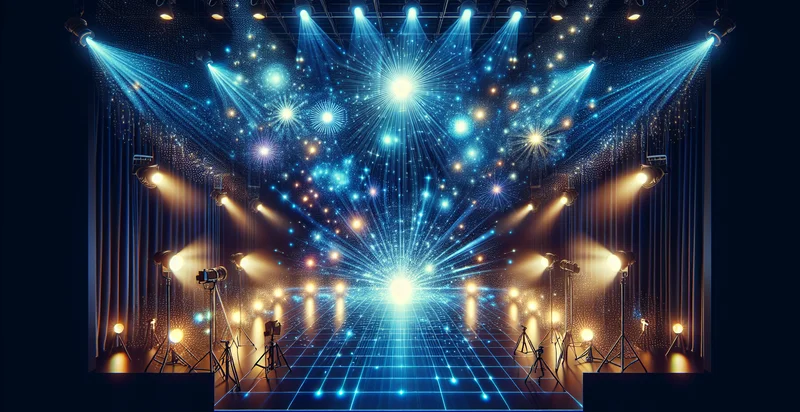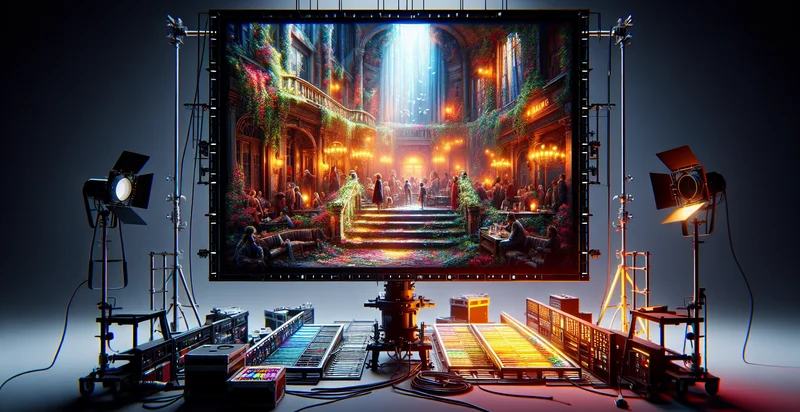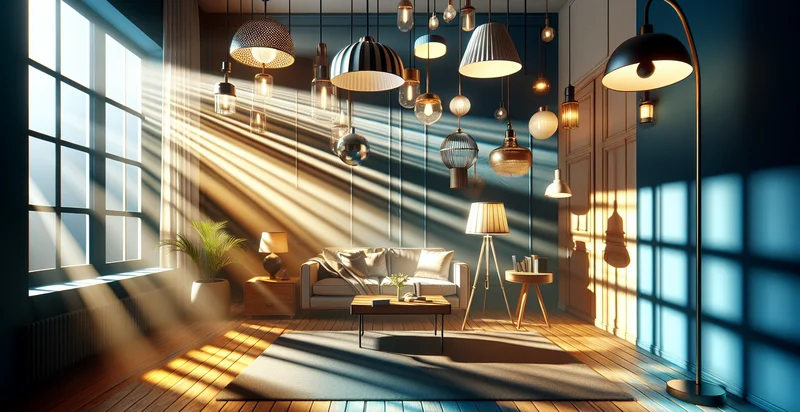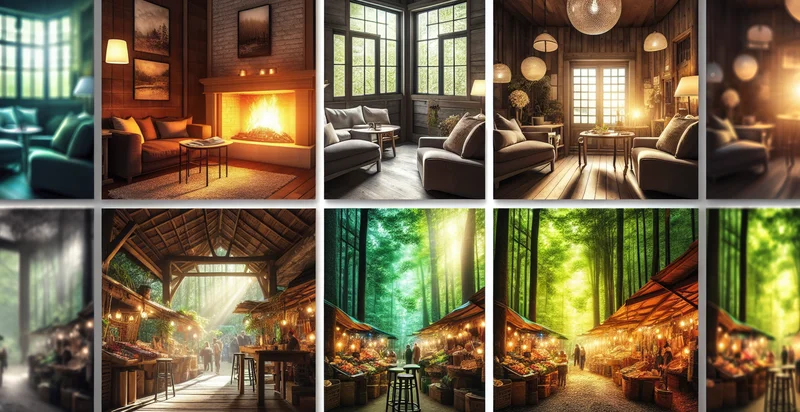Identify lighting design
using AI
Below is a free classifier to identify lighting design. Just upload your image, and our AI will predict what type of lighting design is most suitable for the space - in just seconds.

Contact us for API access
Or, use Nyckel to build highly-accurate custom classifiers in just minutes. No PhD required.
Get started
import nyckel
credentials = nyckel.Credentials("YOUR_CLIENT_ID", "YOUR_CLIENT_SECRET")
nyckel.invoke("lighting-design", "your_image_url", credentials)
fetch('https://www.nyckel.com/v1/functions/lighting-design/invoke', {
method: 'POST',
headers: {
'Authorization': 'Bearer ' + 'YOUR_BEARER_TOKEN',
'Content-Type': 'application/json',
},
body: JSON.stringify(
{"data": "your_image_url"}
)
})
.then(response => response.json())
.then(data => console.log(data));
curl -X POST \
-H "Content-Type: application/json" \
-H "Authorization: Bearer YOUR_BEARER_TOKEN" \
-d '{"data": "your_image_url"}' \
https://www.nyckel.com/v1/functions/lighting-design/invoke
How this classifier works
To start, upload your image. Our AI tool will then predict what type of lighting design is most suitable for the space.
This pretrained image model uses a Nyckel-created dataset and has 33 labels, including Accent, Ambient, Artificial, Backlighting, Chandeliers, Color Temperature, Commercial, Cove Lighting, Decorative and Directional.
We'll also show a confidence score (the higher the number, the more confident the AI model is around what type of lighting design is most suitable for the space).
Whether you're just curious or building lighting design detection into your application, we hope our classifier proves helpful.
Related Classifiers
Need to identify lighting design at scale?
Get API or Zapier access to this classifier for free. It's perfect for:
- Interior Design Verification: This function can be utilized by interior designers to verify that the lighting in a virtual room setting matches the intended design specifications. By analyzing images, designers can ensure the light placement, color, and intensity reflect their creative vision before any physical installation occurs.
- Retail Lighting Assessment: Retail businesses can employ this function to assess the effectiveness of their store lighting. By classifying images of different display setups, managers can make data-driven decisions about adjusting lighting to enhance product visibility and improve customer engagement.
- Event Venue Evaluation: Event planners can use the false image classification to investigate potential venues' lighting conditions. By obtaining a clear picture of how venues utilize lights, planners can select spaces that enhance their event themes and optimize guest experience.
- Architectural Lighting Comparison: Architects can leverage this function to compare various architectural projects based on their lighting designs. Classifying images from different buildings will help them understand successful lighting strategies and foster innovative solutions in their future designs.
- Smart Home Integration: This technology can be integrated into smart home systems to assess and classify lighting setups. By analyzing home lighting images, users can receive personalized recommendations for improving ambiance and efficiency using automated controls based on their preferences.
- Energy Efficiency Analysis: Building managers can utilize the false image classification to evaluate energy efficiency in commercial spaces. By analyzing images, they can identify areas with poor lighting that waste energy and plan upgrades or modifications to improve overall sustainability.
- Product Development for Lighting Fixtures: Manufacturers of lighting fixtures can use this function during product development to classify how their lighting designs are implemented in various environments. By examining images of their products in situ, they can receive insights that guide future designs and enhance market appeal.


